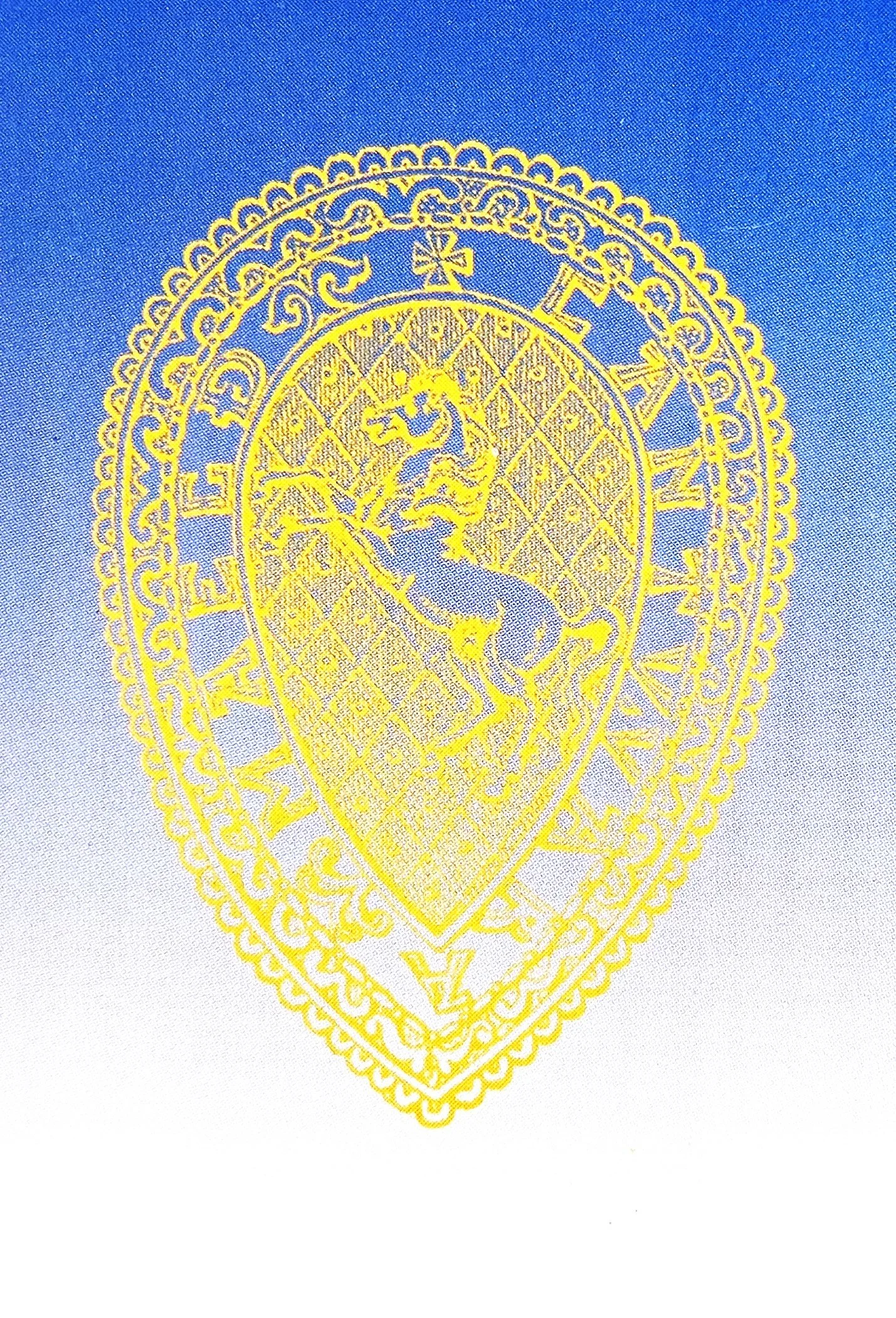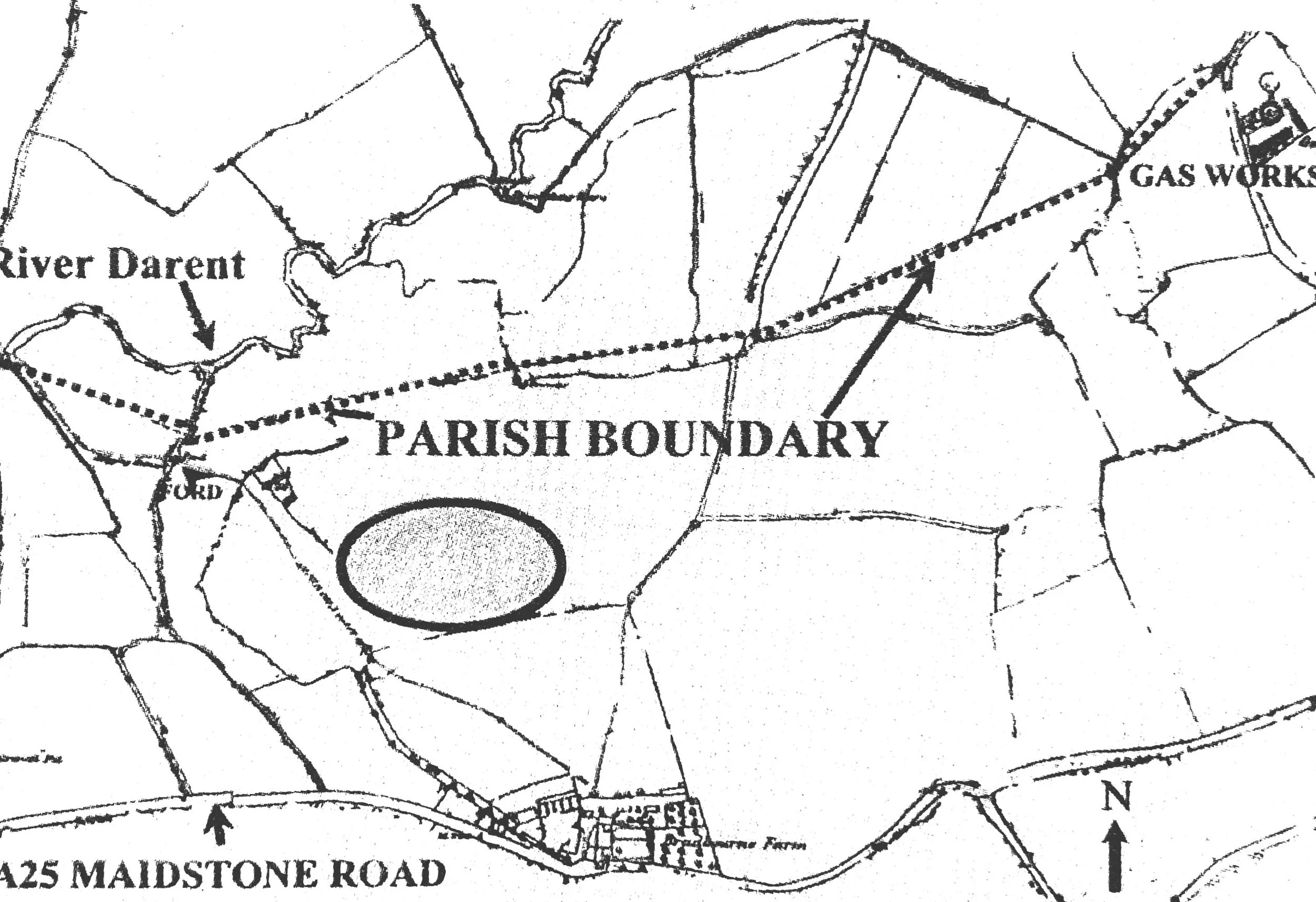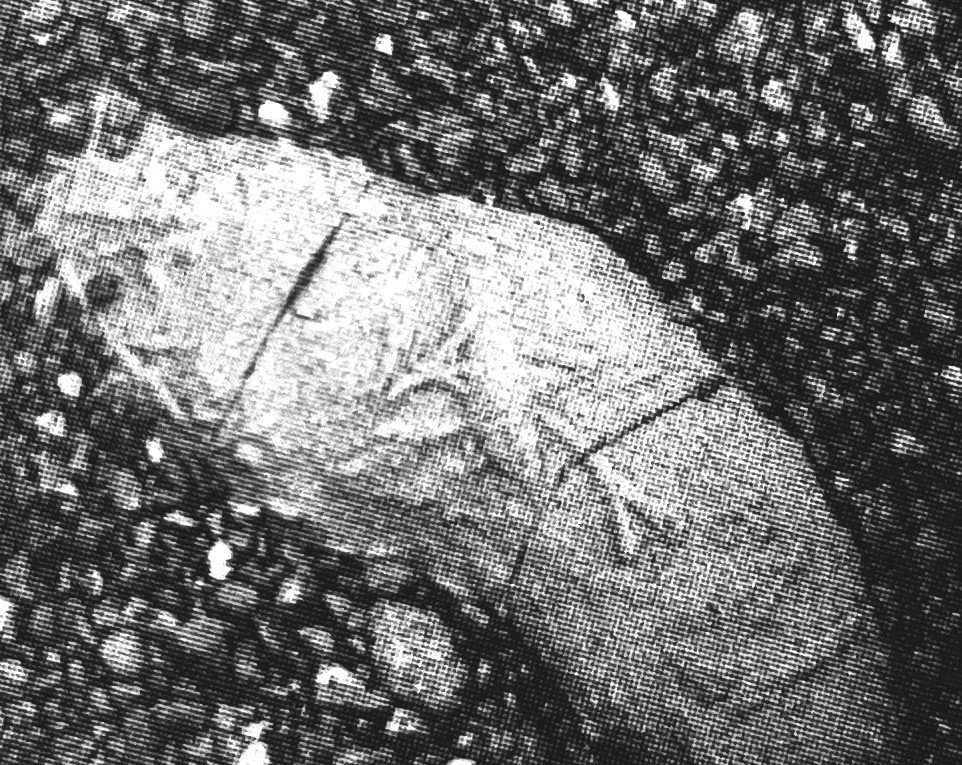
KAS Newsletter, Issue 54, Autumn 2002
Contributions to the next issue are welcome. See the guidance for contributors and contact Editor Craig Campbell.
Search page
Search within this page here, search the collection page or search the website.
Keith Parfitt, Field Officer, Canterbury Archaeological Trust; KAS Field Work Committee member; (New Director of KAS Minster villa excavation)
‘The Bone Yard’: A Preliminary Note on Excavations at Temple Hill, Dartford
Dr. Liz Prosser, Hertfordshire Archaeological Trust, 2002, KAS Newsletter, Issue 54 (Autumn 2002). Maidstone: Kent Archaeological Society.
Dr. Frank Paton, Hon. Librarian, 2002, KAS Newsletter, Issue 54 (Autumn 2002). Maidstone: Kent Archaeological Society.
Matthew Reynolds, 2002, KAS Newsletter, Issue 54 (Autumn 2002). Maidstone: Kent Archaeological Society.
Dr. Paul Wilkinson, 2002, KAS Newsletter, Issue 54 (Autumn 2002). Maidstone: Kent Archaeological Society.
Jose Gibbs, 2002, KAS Newsletter, Issue 54 (Autumn 2002). Maidstone: Kent Archaeological Society.
Kate Kersey, 2002, KAS Newsletter, Issue 54 (Autumn 2002). Maidstone: Kent Archaeological Society.
The Editor, 2002, KAS Newsletter, Issue 54 (Autumn 2002). Maidstone: Kent Archaeological Society.














